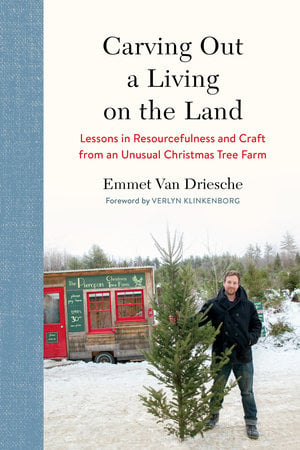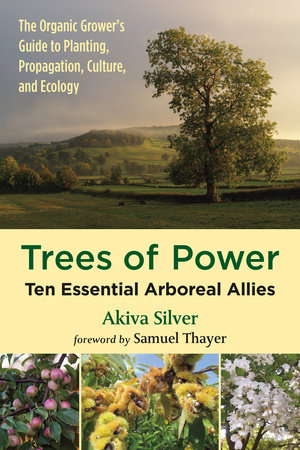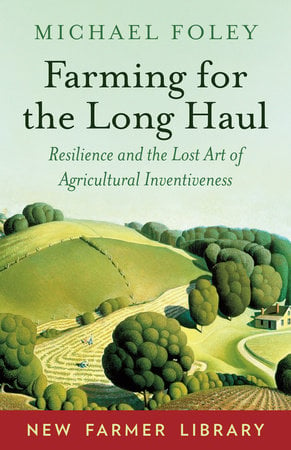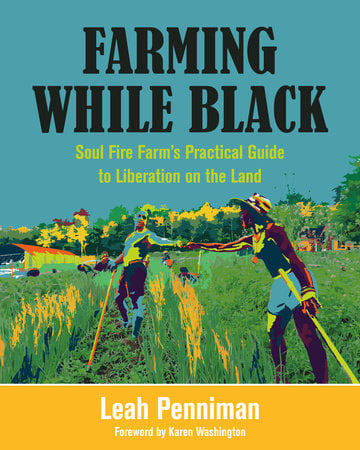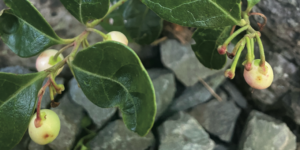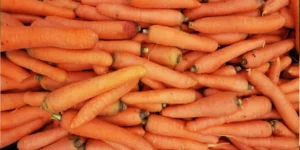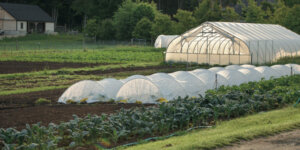A Bid for the Sky
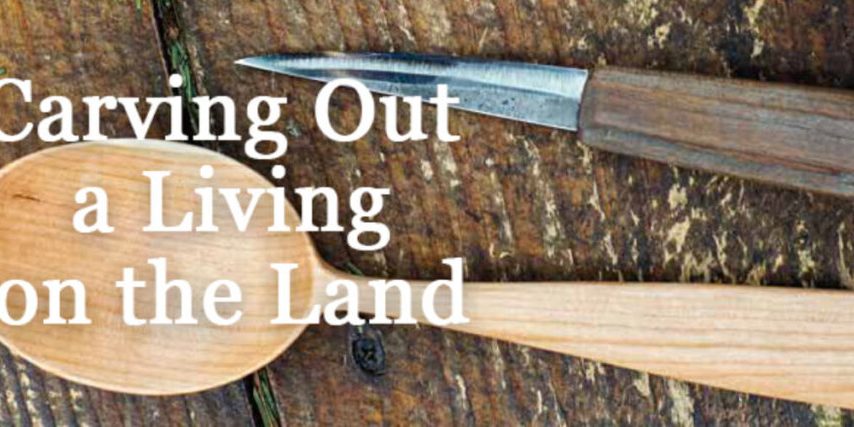
Your land is only as productive as you allow it to be, and believe it or not, it does know when you spend time appreciating what it has to offer. You might find yourself zoning out while you walk around your property or do daily chores, thinking about nature and your relationship with it. Taking this time to reflect is important to your unique life as a farmer.
The following is an excerpt from Carving Out a Living on the Land by Emmet Van Driesche. It has been adapted for the web.
The air is cold enough for my breath to show, but I’m breaking a sweat. I’m harvesting balsam branches, grabbing each with one hand and cutting them with the red clippers in the other. I grasp each new branch with the same hand until my fingers can’t stretch around any more, then shove my arm through the middle of the entire handful and keep going.
I work fast and don’t stop until my arm is completely stacked with branches and sticking straight out, and I look like a kid with too many sweaters on under his jacket. Pivoting on my heel, I stride back to my central pile of balsam boughs and dump the armload on top, eyeballing it to gauge how much the pile weighs. I decide I need more and head off in another direction into the grove.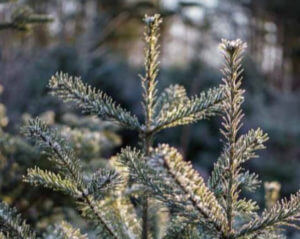
The balsam fir grows from big, wild stumps in thickets that can stretch 20 feet around. The trees crowd so closely together, in no apparent order or pattern, that their branches interlock. Instead of single trees, each stump has up to three small trees of different ages growing off it.
They are pruned as Christmas trees, and I am a Christmas tree farmer.
My Christmas tree farm is unlike any you have ever seen or imagined, however. For one thing, my trees do not march in rows across a field, but rather spring out of the ground in loose affiliations knit together by a lacework of paths. But the biggest difference is that my trees are coppiced, growing out of the top or sides of a stump that has a thick skirt of branches.
These branches keep the stump alive; each year the stump sends out dozens of new shoots, each one vying to be the new tree. Unlike conventional Christmas tree farms, my problem isn’t buying enough seedlings to meet demand ten years down the road, or keeping newly planted stock alive through a summer drought.
My problem is abundance, the sheer exuberance of nature that tries to produce a dozen trees where I want just one. Shoots erupt from the rim of the stump, from the bark on the sides, and from the tops of branches.
Sometimes whole branches start to curve up and make a bid for the sky.
Recommended Reads
Recent Articles
Wintergreen is the stunning evergreen groundcover that’s a game-changer for your garden! It’s cherished for its aromatic leaves, vibrant fall color & bright berries.
Read MoreGrow winter carrots for a sweeter & more flavorful harvest! Ditch the bland, store-bought carrots this winter! Grow your own winter carrots for a sweeter and more flavorful twist 🥕🥕
Read MoreSearching for the perfect book to give the homesteader in your life? We’ve got your go-to books for anyone interested in organic growing, permaculture, soil health, year-round growing & more! What’s their next great read?
Read MoreWinter is coming… but that doesn’t mean you should put away those tools just yet. Extend the growing season well past the first frost!
Read MoreThe dirty truth? Soil isn’t just dirt! It’s a complex web of life. Discover the secrets to unlocking its full potential and transform your garden forever.
Read More

